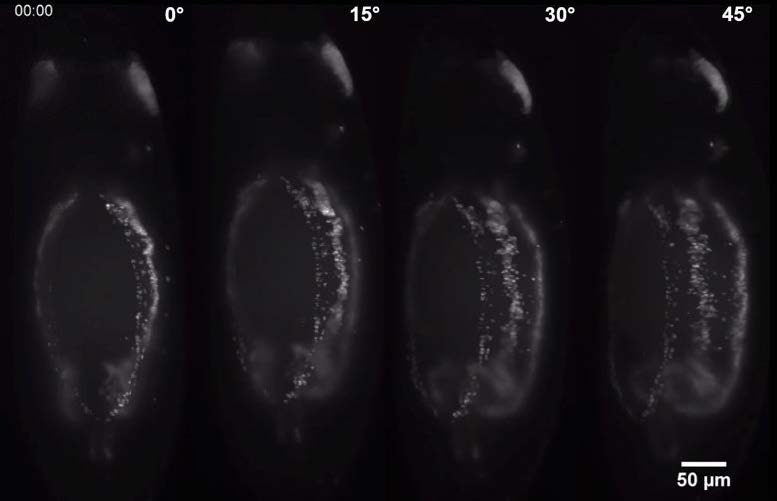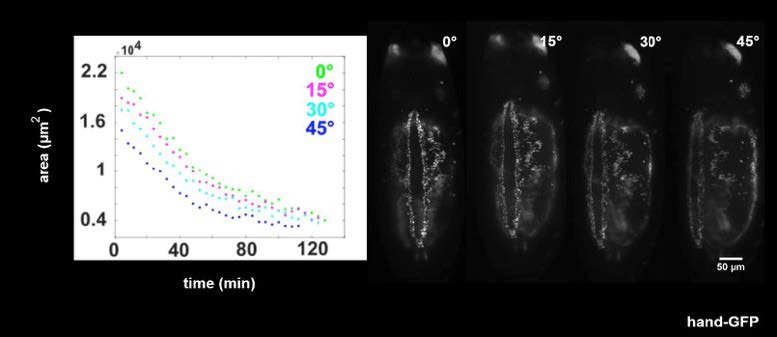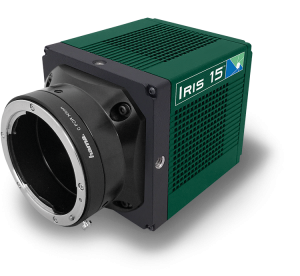Christopher Yip, Ph.D.
Director of the Institute of Biomaterials and Biomedical Engineering (IBBME), University of Toronto
Background
Currently the Associate Vice President, International Partnerships at the University of Toronto, Dr. Christopher Yip is the former Director of the Institute of Biomaterials and Biomedical Engineering, and a faculty member in IBBME, Chemical Engineering, and Biochemistry, where he and his team create a variety of experiment-specific microscopy tools.
Dr. Yip told us, “Our lab core research focus is in single-molecule biophysics and the development of combinatorial imaging platforms for the study of molecular and cellular dynamics. We are particularly interested in the integration and application of different imaging modalities to understand protein-protein interactions on a wide range of temporal and spatial scales. A key platform for our lab is light sheet microscopy, and, we have been actively developing a diverse suite of systems, each tailored to a specific experiment. Some of our efforts include tracking receptor association, protein-membrane interactions, and dynamics. Our most recent work has focused on understanding the mechanisms of coordinated cell migration during heart development using Drosophila as the model system.”

Hand-GFP labeled Drosophila organoids, imaged at various angles with light sheet microscopy.

The quantitative impact of hand-GFP signal intensity at varying imaging angles of Drosophila cardiac organoids.
Challenge
In the development of light-sheet microscopy imaging for single molecule biophysics, many cameras require users to choose between a large field of view, sensitivity, and high spatial resolution.
Dr. Yip explains, “We face a number of key imaging challenges in our research. The first is low light levels as is often the case when studies are performed of low-expression proteins under endogenous promoter control. Additionally, the need for high spatial and temporal resolution is critical.”
Having the Iris 15’s high sensitivity, small pixels, and large field of view addresses a number of key experimental considerations for our study of development, including the ability to acquire overlapping images from different imaging angles, which is key for multi-view SPIM.
Solution
For Dr. Yip’s work, the Iris 15 has provided the perfect solution for his light-sheet imaging applications. The 25 mm field of view and small framework of the camera body were particularly attractive and has made incorporation into their complex systems simple.
Dr. Yip shared, “Having the Iris 15’s high sensitivity, small pixels, and large field of view addresses a number of crucial experimental considerations for our studies of development, including the ability to acquire overlapping images from different imaging angles, which is key for multi-view SPIM.”

